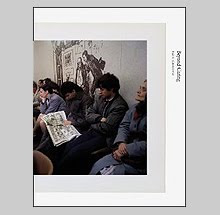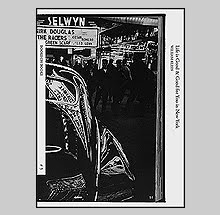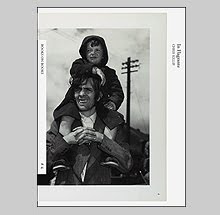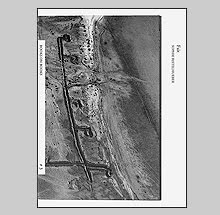Las Vegas Studio: Images from the Archive of Robert Venturi and Denise Scott Brown

For some who have driven the Las Vegas strip during the day, the effect can be similar to glimpsing a slip-up during a magic trick. For the cultural critic Reyner Banham Las Vegas "truly reveals itself at night" transforming the foundations and armatures of architectural substance into ethereal light. This skin-deep deceit of Vegas has fascinated architects and their students for decades and in late-60s led to one of the most fascinating studies of one city. The book Las Vegas Studio: Images from the Archive of Robert Venturi and Denise Scott Brown just published from Verlag Scheidegger & Speiss presents the visual material gathered by a group of Yale students led by Brown and Venturi as they turned the city of sin into their own architectural research studio.
Originating from an idea to carry out a complete detailed analysis of Las Vegas, Scott Brown, an architect and urban planner, invited fellow architect Robert Venturi to join the study. Their goal was obtaining an understanding of an automobile-oriented city and documenting the aesthetics of urban sprawl in its "purest and most extreme form." This was published as the landmark book Learning from Las Vegas in 1972 and part of the aim was to introduce the 'Vegas strip' as the product of authentic American popular culture - one which evolved spontaneously and without the oversight of urban planning authority. Their aim was to accept this city as it was and serve as interpreters of "an existing cultural and urban state."
Their deadpan gaze of Vegas, seen through the lenses of today, is steeped in nostalgia and that may be the one danger which short change this wonderful book for many readers. I for one have no love of kitsch and Vegas is the ground zero of kitsch. The attention grabbing aspects of every piece of gravity defying signage or building facade of the old strip did seem to take much greater risks on the part of the makers than the current state of calculated heaviness which one sees now. The concepts of each structure embrace outlandish aesthetics as an expression of ideas of what the future city might accomplish - being able to offer something for every taste with non-stop thrill. The Roman guard statues outside of Caesar's providing a solid footing with a dip into past empirical extravagances while the mothership of the Stardust promises otherworldly adventure.
Las Vegas Studio: Images from the Archive of Robert Venturi and Denise Scott Brown in design and execution is the exact opposite of the gaudy flash of its content. Cool, calculated and elegant, it embraces an aesthetic which is so controlled and clean that it manages to somehow reign in the explosion of typography, color, and scale that the photos describe. The printing is beautiful - the jacket stock perfect. The essay by Martino Stierli clearly and thoughtfully lays out the history and premise while a discussion among Peter Fischli, Hans Ulrich Obrist and Rem Koolhaas called Flaneurs in Automobiles explores what each brings away from this landmark project.











